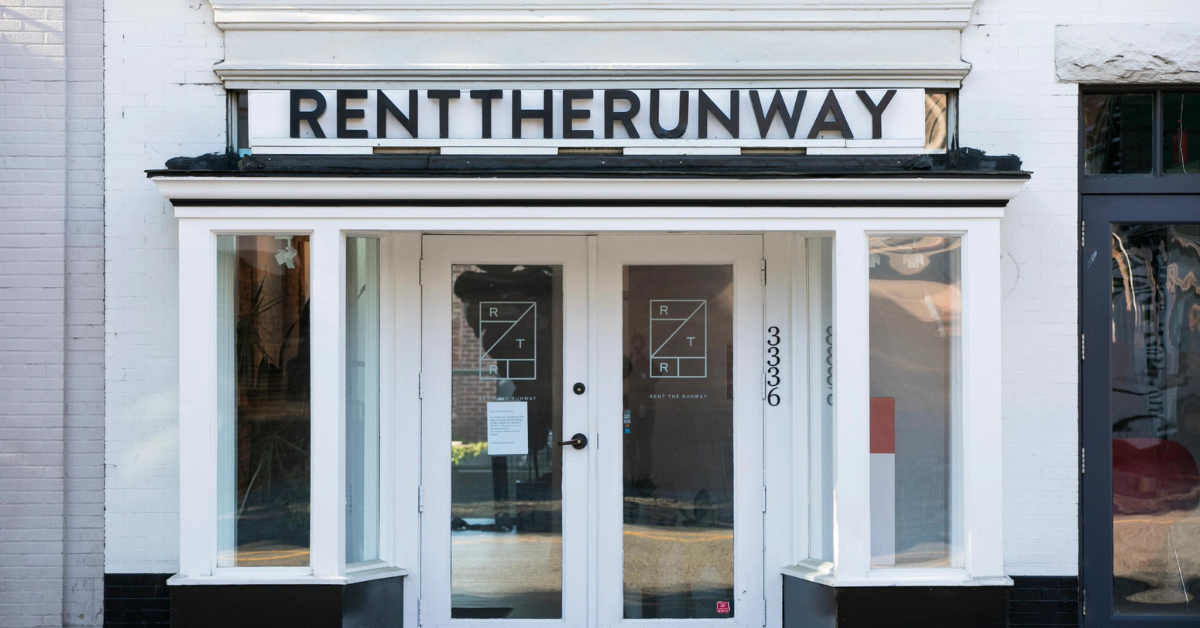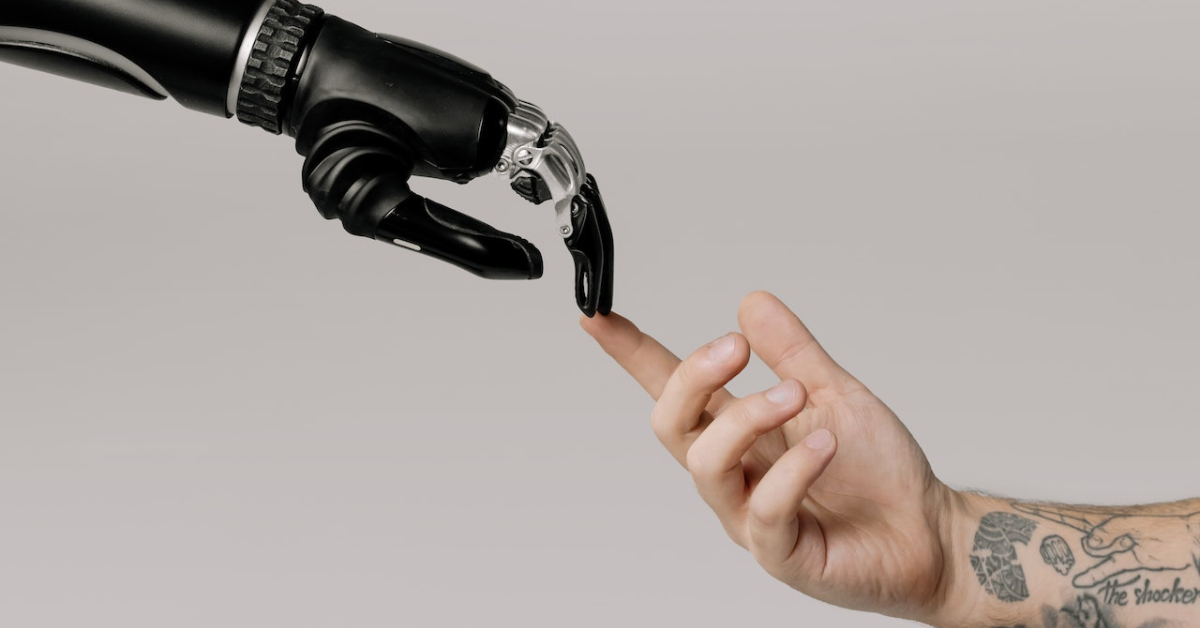
What made Uber and AirBnB win over Hertz and Marriott?
It’s the concept of Leveraged and Shared Assets (LSA), the next attribute in the ExO model.
LSA is the practice of renting or sharing assets—even those that are mission-critical—to allow an organization to stay nimble and scale with minimum friction.
By not owning physical or digital property, an ExO can remove the costs associated with managing that property, giving the company an important competitive advantage in the economy of the future.
In today’s blog, we’ll explore a few case studies of companies using LSA, explain why you should consider virtualizing at least some of your business, and offer a few tips to get started.
Let’s dive in…
NOTE: Understanding how to turn your business into an ExO and increase your growth and impact is a key component of my year-round Abundance360 leadership program.
How BlaBlaCar is Disrupting European Transportation
BlaBlaCar CEO Frederic Mazzella, founded BlaBlaCar in France in 2016, after a long car ride when he noticed all the empty seats in the cars on the road around him.
BlaBlaCar was a pioneer of the ride-sharing economy. While most carpool and ride-share apps are designed to help you catch a ride with others to a nearby location, BlaBlaCar was created to enable users to connect with automobiles—and increasingly buses—headed for long-distance destinations.
Today, BlaBlaCar is one of Europe’s fastest-growing transportation companies, with more than 90 million members in 22 European and Latin American countries.
For drivers, the platform is a way to cut the cost of gas; you simply post your destination and the cost per passenger. For riders, it is a quick, inexpensive, and social way to travel without the expense of a car. Riders can choose to travel with minimum interaction (“Bla”) or turn the trip into a social event (“BlaBlaBla”). There’s also a “Ladies Only” feature.
As BlaBlaCar CEO Mazzella puts it: “Carpooling creates a unique context: it makes possible exchanges of value between people who otherwise would not have had a chance to meet.”
BlaBlaCar has recently branched into another underused mode of transportation—buses—with the purchase of Ouibus, an established budget European bus line known for its very inexpensive tickets. BlaBlaBus operates very much like BlaBlaCar, enabling the traveler to manage every aspect of their journey—and even track their ride on the BlaBlaCar app.
Critical to BlaBlaCar’s success is that early on, it determined the right fee structure.
Drivers charge passengers per trip, and BlaBlaCar takes a 10–12% transaction fee (typically about 10 euros) per trip. The low costs appeals to customers, while earning BlaBlaCar a healthy profit for acting as the platform.
As Salim Ismail, my co-author of Exponential Organizations 2.0, points out, “If you’re using leveraged assets, you have to get the unit metrics right. If you rent and share assets, you can drop your marginal cost pretty drastically and still see healthy returns.”
And what’s BlaBlaCar’s MTP?
“We bring freedom, fairness, and fraternity to the world of travel.”
Rent the Runway: A Billion-Dollar Case Study
Rent the Runway, founded in 2009, has emerged as a highly successful e-commerce platform revolutionizing the fashion industry through its unique rental model.
With a vast collection of clothing and accessories from over 700 designers, Rent the Runway offers customers the opportunity to rent and wear high-end fashion items for special occasions or everyday wear. The company’s business model encompasses both one-off rentals and a popular subscription service, which accounts for 75% of its revenues.
Rent the Runway’s subscription service allows customers to select up to eight items per month for a fee of under $100. This affordable and flexible pricing structure has resonated with consumers, attracting a user base of almost 200,000 subscribers.
On average, Rent the Runway subscribers wear approximately $30,000 worth of clothing from the platform each year, highlighting the significant value and utility the service provides to its customers.
To facilitate the rental operations at scale, Rent the Runway operates a network of giant warehouses strategically located throughout the United States. These warehouses not only store the vast inventory of designer clothing but also house one of the world’s largest dry-cleaning operations. With the capacity to process over 2,000 items per hour, the company ensures that each piece of clothing is meticulously cleaned and maintained to meet the highest quality standards before being rented out again.
Rent the Runway’s revenues from subscriptions and one-off rentals exceed $100 million per year. This impressive revenue stream has contributed to the company’s valuation surpassing $1 billion, underscoring the significant market demand for the rental of designer clothing and accessories.
So, why should YOU consider Leveraged Assets in your business?
The Benefits of Using LSA in Your Business
LSA can bring numerous advantages to your company, revolutionizing traditional business models.
Here are some key benefits that LSA offers:
- Lowers Start-up Costs: Instead of investing heavily in acquiring all the necessary assets individually, companies can access shared resources, infrastructure, and equipment, thereby minimizing their initial financial burden and accelerating their growth trajectory.
- Enables Scaling: LSA facilitates scaling operations by providing access to larger volumes of resources, leading to lower, more competitive pricing. Sharing assets with other businesses or leveraging existing infrastructure allows enterprises to benefit from economies of scale.
- Lowers Marginal Cost of Supply: The cost of producing and delivering additional units or services decreases as the volume increases. With LSA, businesses can tap into shared resources, manufacturing facilities, or distribution networks, benefiting from cost savings achieved through higher production levels.
- Reduces the Need for Managing Assets: LSA eliminates the need for businesses to manage their own warehouses, parking garages, or other physical assets. This allows organizations to focus their resources on core competencies and strategic initiatives, streamlining operations and improving overall efficiency.
- Boosts the Balance Sheet: One of the significant benefits of LSA is that it eliminates the need for businesses to maintain inventory. This reduction in inventory not only frees up capital but also minimizes the risk of obsolete or slow-moving inventory, improving financial stability and agility.
- Increases Agility and Makes Upgrading Easier: LSA enables businesses to adapt more quickly to changing market dynamics and technological advancements. By eliminating the need to maintain unused or outdated assets, companies can easily upgrade their infrastructure, tools, or equipment as needed. This flexibility and agility allow organizations to stay at the forefront of innovation, remain competitive, and respond swiftly to evolving customer needs and industry trends.
- Dematerializes Office Spaces: LSA can dematerialize office spaces, reducing the need for large physical premises and cutting overhead costs. By leveraging remote work capabilities, shared workspaces, or flexible office arrangements, enterprises can optimize their space utilization, eliminating the need for extensive office infrastructure.
The lesson is: If you have an asset that is of value to others, you can turn that asset into a platform and reduce your own incremental operating expenses by sharing it with others.
This is exactly what Amazon did when it opened AWS, sharing its core computing capabilities with thousands of others.
How to Get Started Using LSA
To make the most of Leveraged and Shared Assets in your business, you’ll need a systematic approach that involves identifying assets, assessing their criticality, and transitioning from ownership to renting.
The upside is that you’ll streamline your operations, optimize resource allocation, and improve financial stability.
Here are 4 steps to get started:
- List the Assets for Renting: Begin by identifying the assets that your organization currently owns but could be rented instead. This includes tangible assets such as equipment, vehicles, or office space, as well as intangible assets like intellectual property or data. Consider the feasibility of renting these assets to other organizations, potentially transforming your organization into an “Edge ExO” platform that offers these assets for shared use.
- Assess Criticality to MTP: Next, sort the identified assets based on their criticality to your MTP. Evaluate how essential each asset is in directly supporting your core operations and strategic objectives. Classify them according to their level of importance, with the least critical assets being prioritized for disposal and renting alternatives.
- Dispose of Least Critical Assets: Starting with the least critical assets, take steps to dispose of them and transition to a rental model. This could involve selling or divesting the assets and establishing partnerships or contracts with rental providers or shared asset platforms. By offloading these assets, your organization can reduce maintenance and management costs, unlock capital, and optimize resource utilization.
- Benefit from a Cleaner Balance Sheet: As you transition from asset ownership to renting, you can enjoy the benefits of a cleaner balance sheet. By eliminating non-critical assets from your ownership, your organization becomes leaner and more agile. This streamlined approach helps improve financial stability, reduces the risk of asset depreciation, and allows for greater flexibility in resource allocation. A cleaner balance sheet provides peace of mind and positions your organization for increased efficiency and future growth.
Why This Matters
The fundamental idea driving Leveraged Assets is that ownership is inefficient.
Many business assets often remain unused. To maximize their utility, companies have started sharing these assets with others. Successful Exponential Organizations (ExOs) are building their businesses by leveraging these shared assets via a cloud-based "as-a-service" model, such as Uber, Airbnb, and Amazon Web Services.
This approach allows businesses to enjoy the benefits of these resources without incurring the costs, administration, and risk associated with ownership.
The ultimate purpose of Leveraging and Sharing Assets is to gather as many tools as possible to maximize the Engagement of your Community, Crowd, and other stakeholders.
And we’ll explore Engagement, the last outward-facing ExO attribute, in our next blog in this series.
Want to learn about how to increase your healthspan? And the top longevity-related investment opportunities available?
If yes, then consider joining me on my 2023 Abundance Platinum Longevity Trip.
I'm running two VIP trips I call my “Abundance Platinum Longevity Trip” covering top scientists, startups, labs, and CEOs in Cambridge, Boston, New Hampshire, and New York. I do the same trip twice for up to 40 participants: Aug. 16 - 20, 2023 or Sept. 27 - Oct. 1, 2023.
Each trip is a 5-Star/5-Day deep dive into the cutting-edge world of biotech/longevity and age-reversal.
You’ll meet with the top 50 scientists, CEOs, and labs working on adding decades to your life. You will also learn about breakthroughs against a wide range of chronic diseases.
This year, some of the world-changing labs and faculty we’ll visit include: David Sinclair, PhD, Harvard Center for Biology of Aging Research; George Church, PhD, Harvard Wyss Institute; Dean Kamen, PhD, Advanced Regenerative Manufacturing Institute (ARMI); and Fountain Life, New York—just to name a few.
Both trips are identical (capped at 40 participants per trip), during which I spend all 5 days with you as your private guide and provocateur. Through this personalized, action-packed program, my mission is to give you exclusive, first-hand exposure to the major players, scientists, companies, and treatments in the longevity and vitality arena.
Here's what you get: All your questions answered. First-hand insights and early access to diagnostics, therapeutics, and investment opportunities.
If you want to learn more about the Abundance Platinum Longevity Trip, go here, indicate your interest and we'll set up an interview!
I discuss topics just like this on my podcast. Here’s a conversation I recently enjoyed:
A Statement From Peter:
My goal with this newsletter is to inspire leaders to play BIG. If that’s you, thank you for being here. If you know someone who can use this, please share it. Together, we can uplift humanity.



-1.png?width=1250&height=197&name=Untitled%20design%20(25)-1.png)
-1.png?width=318&height=50&name=Untitled%20design%20(25)-1.png)




